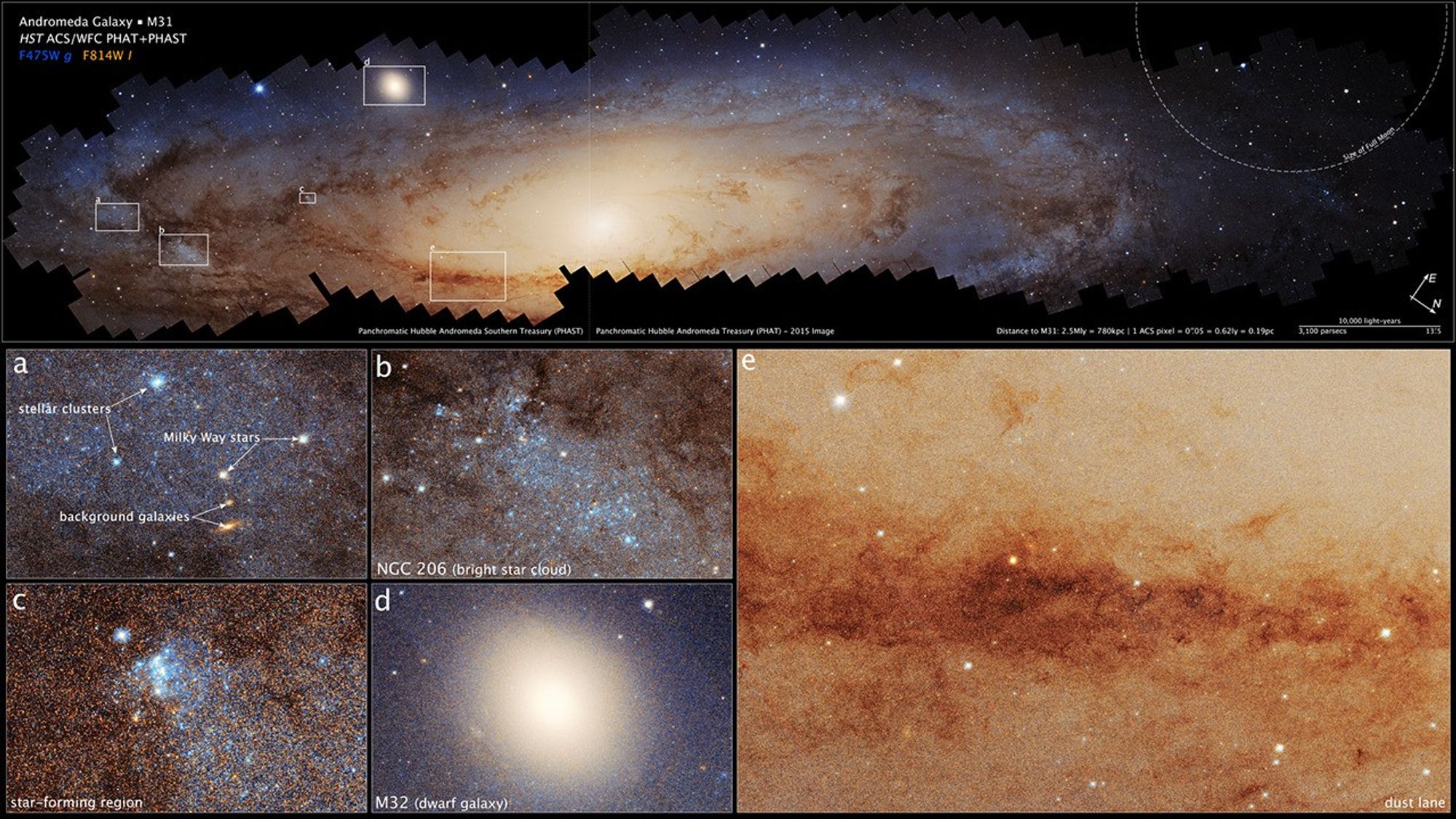The most recent spacecraft telemetry was acquired on June 1 from the Deep Space Network tracking complex at Madrid, Spain. The Cassini spacecraft is in an excellent state of health and all subsystems are operating normally.
The most recent spacecraft telemetry was acquired on June 1 from the Deep Space Network tracking complex at Madrid, Spain. The Cassini spacecraft is in an excellent state of health and all subsystems are operating normally. Information on the present position and speed of the Cassini spacecraft may be found on the “Present Position” page at http://saturn.jpl.nasa.gov/mission/presentposition/
Wednesday, May 26 (DOY 146)
A presentation entitled “Titan: A Strange Yet Familiar New World” was given at the California Institute of Technology today. The talk reviewed the discoveries of the recent flybys of Titan with a focus on what has been learned about its lakes, their seasonal evolution, and the hypothesis that they undergo periodic change over tens of thousands of years, analogous to the Croll and Milankovitch climate cycles on Earth.
An encounter strategy meeting was held today to cover the period between June 5 and June 21, Titan flybys T69 and T70, and maneuvers 251-253.
Thursday, May 27 (DOY 147)
Science Planning (SP) analysis has indicated that the Pandora/Rhea live update scheduled for DOY 154-155 is not needed. The deviations associated with the updated reference trajectory relative to the original plan are extremely small. The Composite Infrared Spectrometer (CIRS), Imaging Science (ISS), Ultraviolet Imaging Spectrograph (UVIS), and Visual and Infrared Mapping Spectrometer (VIMS) instrument teams agreed in advance to let SP make the call so the update and associated weekend meetings have been cancelled.
MPS Editor Training and Discussion was presented at an Instrument Operations Working Group meeting today. The new editor was delivered with the Solaris 10 upgrade and will be installed on the Science Operations and Planning Computers located at the distributed operations sites. The presentation allowed the instrument teams a chance to hear about and exercise the tool prior to use in operations.
Friday, May 28 (DOY 148)
Orbit Trim Maneuver (OTM) number 249 was performed today. This was the apoapsis maneuver setting up for the Titan 69 encounter on June 4 (June 5 GMT). The main engine burn began at 4:00 AM PDT. Telemetry immediately after the maneuver showed a burn duration of 62.428 seconds, giving a delta-V of 10.762 m/s. All subsystems reported nominal performance after the maneuver.
Monday, May 31 (DOY 151)
Memorial Day Holiday observed at JPL.
Science activities this week included CIRS measurements of oxygen compounds in the atmosphere of Saturn and an equinox baseline observation. UVIS observed a stellar occultation and the Cosmic Dust Analyzer performed an interstellar dust survey. Low latitude observations of the lit face of the rings and F ring observations were performed by ISS, CIRS, and VIMS. The Magnetospheric and Plasma Science instruments executed a 9-hour survey.
In addition to science activities, the Magnetometer and Cassini Plasma Spectrometer both preformed instrument calibrations, Radio Science performed an ultra stable oscillator characterization and maintenance of the radio frequency instrument subsystem, and Imaging Science calibrated the wide-angle camera.
An image of Rhea and Epimetheus passing in front of the rings of Saturn was Astronomy Picture of the day today. It may be seen at:
http://antwrp.gsfc.nasa.gov/apod/ap100531.html
Tuesday, June 1 (DOY 152)
Orbit Trim Maneuver (OTM) number 250 was performed today. This was the approach maneuver setting up for the Titan 69 encounter on June 4. The reaction control subsystem burn began at 2:00 PM PDT. Telemetry immediately after the maneuver showed a burn duration of 29.25 seconds, giving a delta-V of 36.28 mm/s. All subsystems reported nominal performance after the maneuver.
































